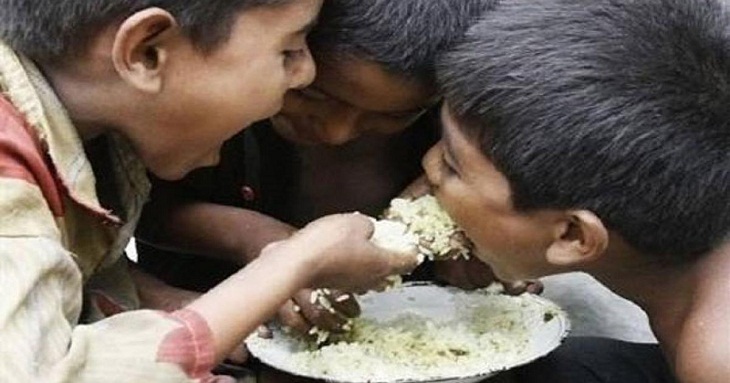
Bangladesh is a model for developing countries. It has also been included in the lower middle income country category last year.
The GDP growth rate of Bangladesh is 7.1% and per capita GDP is $1465 (FY-2016). Increasing of GDP improves standard of living and quality of life of citizens. But income distribution gap is increasing between rich and poor. Gini coefficient shows income inequality between the rich and poor citizens of a country. Gini coefficient of 2016 is 0.39 in our country. In 2014, this coefficient of Bangladesh was 0.31. Because of increasing imbalanced distribution of income; in 2016, Gini coefficient also increases; it is 0.39. Because of unequal distribution of income, income gap is getting wider between rich and poor. Rich become richer day by day but the poor people become poorer and confine themselves in poverty trap.
‘Life is about choice’ but poverty cannot be the choice of life. Blaming individuals because of their being poor are like blaming the whole society. Poverty is a curse for a country. The GDP growth rate, industrialisation and per capita income are developing in our country but poverty as the anathema still exists in our country. 1.5 Crore people of Bangladesh are ultra poor and more than three crore people are living below national poverty line.
To quote Rabindranath Tagore, “The village has fallen into the medieval period; city is in the modern era, gap between the two are large”. Exactly, the difference between urban and rural areas in our country is too much high. Technological advancement, industrialisation, educational institutions etc. all of development projects have taken place in urban sectors. Rural areas are always deprived of all development projects such as technological advancement, industrialisation etc., although 80% population of Bangladesh live in rural areas.
There are many reasons behind the uncontrolled poverty rate. One of the reasons is top down approach of economy. The main purpose of this approach is; When Economic growth or GPD growth increases at centre or core, it leads to develop economic growth on periphery like trickle-down-effect. In reality, trickle-down-effect does not work in the long run and it is also a problem of ensuring equitable income, individual development or inclusive growth. It also raises large income gap between owners and labourers of industries.
Urban-centric development project is another reason of increasing poverty rate in Bangladesh. 80% people of total population live in rural areas. Lack of job opportunities or industries, unemployment rate is also high in rural areas. There is positive relationship between poverty and unemployment. If they have no employment, they will inevitably become poor. Poverty rate is also the highest in rural areas, at 36 per cent, compared with 28 per cent in urban area. Poor people cannot fill-up basic needs of their families. Many people have not an adequate diet and suffer from periods of food shortage.
Positive news is that poverty rate is decreasing in our country. Now, annual national poverty rate and extreme poverty rate in our country respectively 23.2% and 12.9% (HIES-2016). It was in 2010, national poverty rate 31.5% and extreme poverty rate 18.5%. In last six years, 8.3% national poverty rate and 5.6% extreme poverty rate has increased.